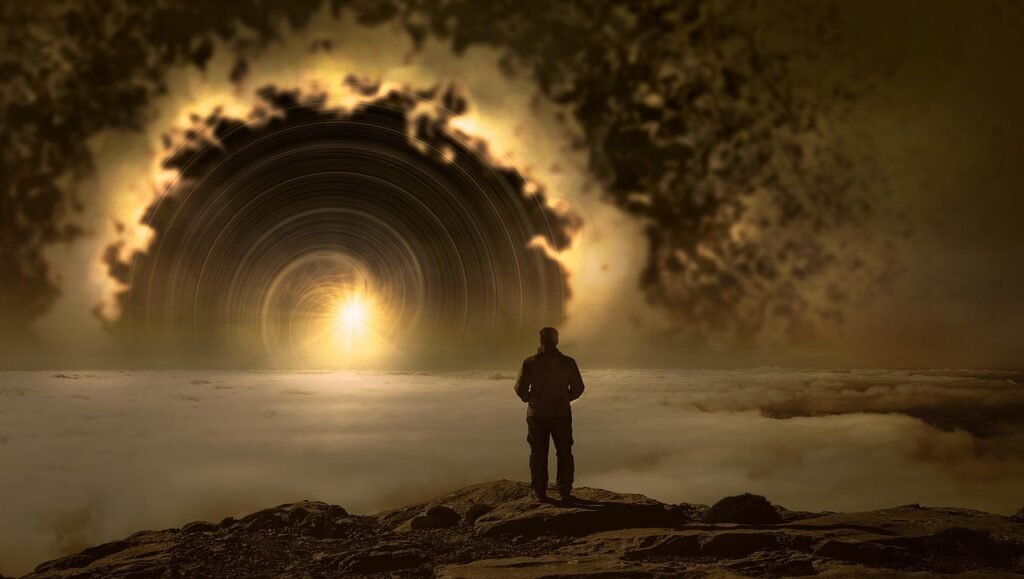Time is perhaps the most fundamental mystery of our universe. We experience it flowing from past to future, measure it with atomic precision, and yet still struggle to truly understand its nature. What if the answer to time’s deepest secrets lies not in the ticking of clocks or the swing of pendulums, but in the most extreme objects our cosmos has to offer? Black holes, those enigmatic gravitational monsters that have captivated scientists for decades, might just hold the keys to unlocking time itself.
Time Stops at the Edge of Everything

Time does stop at the event horizon of a black hole, but only as seen by someone outside the black hole. This is because any physical signal will get infinitely redshifted at the event horizon, thus never reaching the outside observer. This effect, known as gravitational time dilation, would also cause an object falling into a black hole to appear to slow as it approaches the event horizon, taking an infinite amount of time to reach it. All processes on this object would appear to slow down, from the viewpoint of a fixed outside observer, and any light emitted by the object to appear redder and dimmer, an effect known as gravitational redshift.
This phenomenon isn’t just theoretical wizardry. We actually experience a very small amount of time dilation here on Earth because of Earth’s gravity. This has been seen on airplanes where clocks tick at slightly faster rates in the air as opposed to on the ground. Astronauts living on the International Space Station also experience time at a slightly different rate due to both their high orbital speed and being further from Earth’s gravitational field, with the net effect being they age about 0.01 seconds less per year. The implications are staggering: time isn’t the universal constant we once believed it to be.
The Fabric of Space-Time Gets Squeezed

For our discussion regarding black holes, the curved spacetime geometry near a spherical black hole is such that the basis vectors in the time direction get shorter as one moves closer to the black hole. You can sort of picture this geometrically as the time dimension getting “squeezed” as one moves radially towards the black hole. This then results in the effect we call gravitational time dilation.
Think of it like this: imagine space-time as a flexible rubber sheet. A black hole is like placing a bowling ball on that sheet, creating a deep depression. The closer you get to the bowling ball, the more distorted the sheet becomes. The basic principle is that because of the curvature of spacetime around a black hole, the amount of “distance” a beam of light has to cover is greater near a black hole. In a sense, gravity and time dilation are the same thing: they are both consequences of the curvature of spacetime near a massive body. You can’t have one without the other.
Black Holes as Cosmic Information Vaults
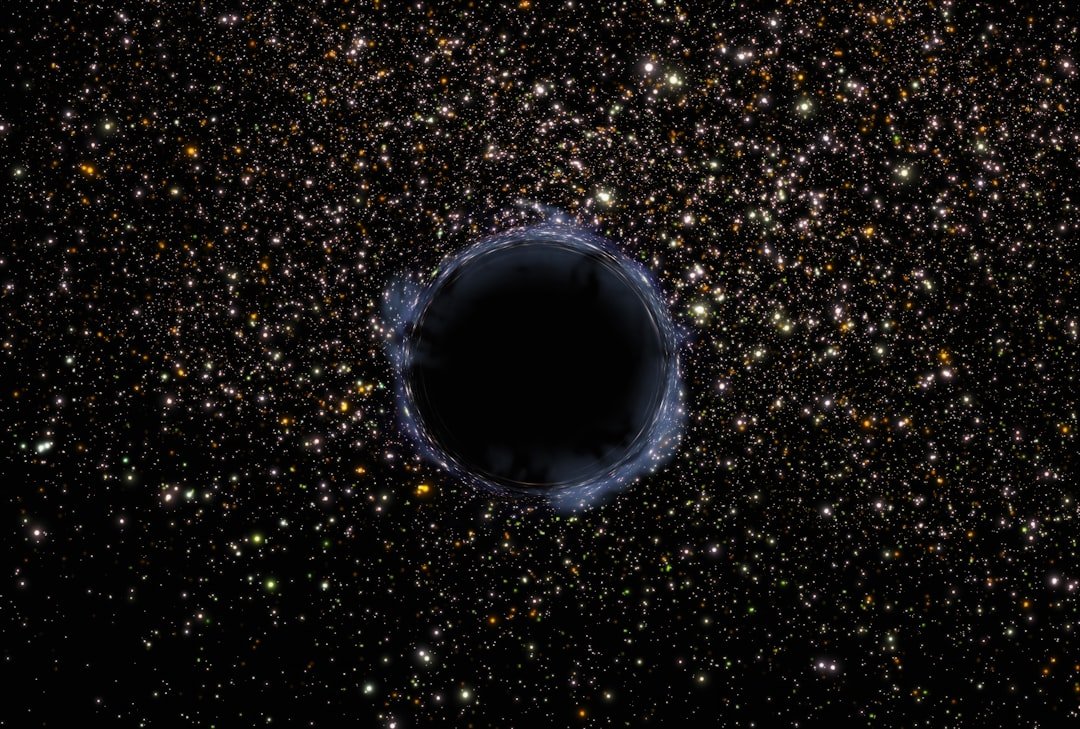
For decades, physicists have grappled with the black hole information paradox. Starting in the mid-1970s, Stephen Hawking and Jacob Bekenstein put forward theoretical arguments that suggested that black-hole evaporation loses information, and is therefore inconsistent with unitarity. Crucially, these arguments were meant to apply at the microscopic level and suggested that black-hole evaporation is not only thermodynamically but microscopically irreversible. This contradicts the principle of unitarity described above and leads to the information paradox.
However, recent breakthroughs suggest a different story. Information, they now say with confidence, does escape a black hole. If you jump into one, you will not be gone for good. Particle by particle, the information needed to reconstitute your body will reemerge. This revelation hints at something profound about the nature of time itself – it might be intrinsically linked to information preservation across the universe.
Hawking Radiation and Time’s Arrow

The discovery of Hawking radiation fundamentally changed our understanding of black holes. In the 1970s, Stephen Hawking famously discovered that quantum effects near the event horizon should lead to the creation of particles out of the vacuum of space, a process known as Hawking radiation. This radiation would cause the black hole to gradually lose mass and eventually evaporate completely.
But here’s where it gets fascinating for our understanding of time. He considered an aspect of the process that had been relatively neglected: quantum entanglement. The emitted radiation maintains a quantum mechanical link to its place of origin. This quantum connection between the past and future might be the mechanism through which time maintains its directionality. Black holes don’t just bend space-time; they might actually define how information flows from past to future.
Quantum Entanglement Across Time

Recent research has uncovered something extraordinary about how black holes might preserve information. If this hypothesis is true, the spacetime around black holes carries tiny little perturbations that aren’t entirely random; instead, the variations would be correlated with the information inside the black hole. Then when the black hole disappears, the information is preserved outside of it, resolving the paradox.
In this scenario, the insides of black holes are connected to their outsides through “quantum nonlocality” – in which correlated particles share the same quantum state – an effect Einstein called “spooky action at a distance.” This nonlocality is “nonviolent” because nothing energetic like an explosion or merger that is causing the ensuing gravitational waves – the ripples in space-time outside the black hole. This suggests that time itself might be fundamentally nonlocal, with past and future states mysteriously connected across vast distances.
The Page Curve and Time’s Memory
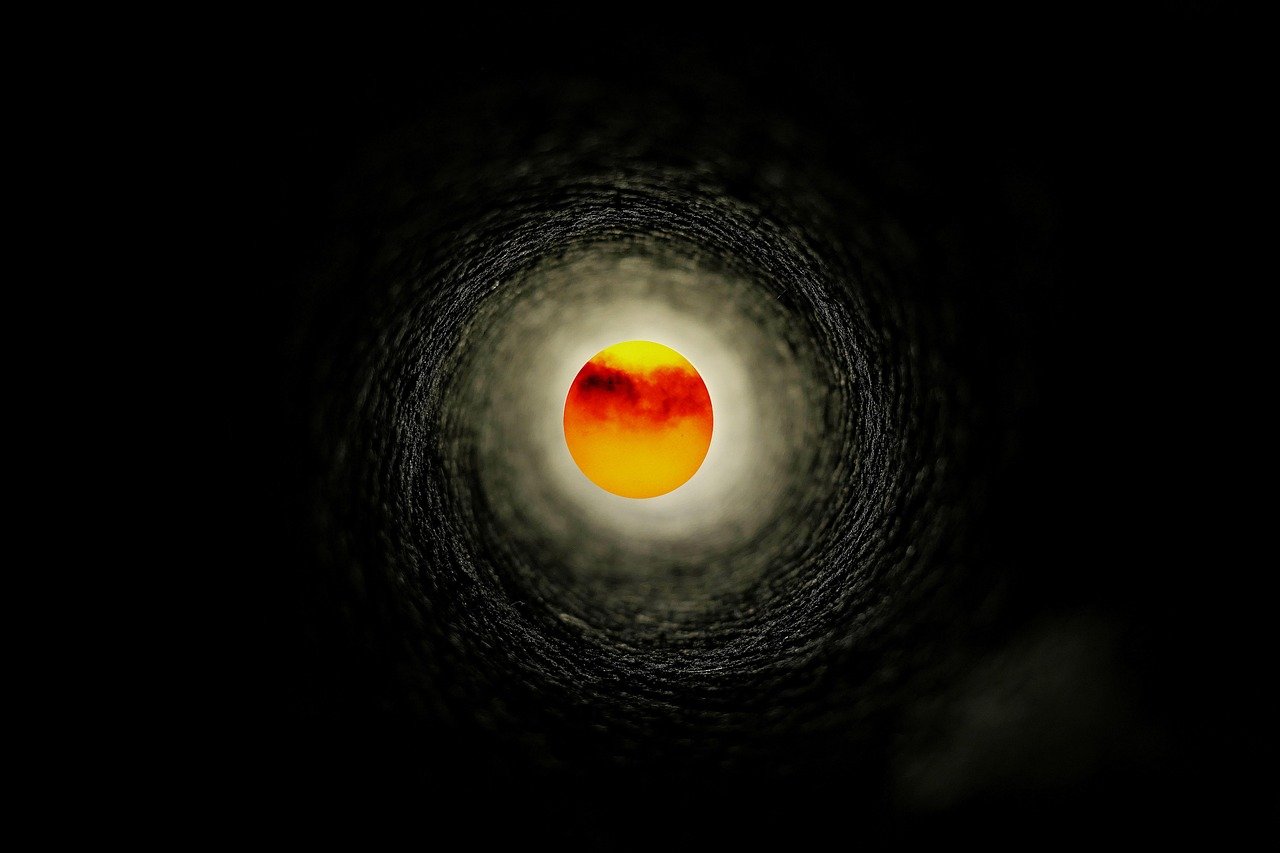
In 1993, Don Page argued that if a black hole starts in a pure quantum state and evaporates completely by a unitary process, the von Neumann entropy of the Hawking radiation initially increases and then decreases back to zero when the black hole has disappeared. This is called the Page curve. It is now generally believed that information is preserved in black-hole evaporation. For many researchers, deriving the Page curve is synonymous with solving the black hole information puzzle.
The Page curve tells us something remarkable about time’s relationship with information. It suggests that information doesn’t just flow forward in time linearly, but can be encoded, scrambled, and eventually recovered in ways that preserve the fundamental structure of temporal relationships. This might be the key to understanding why time has the properties it does – why it flows in one direction and why the past seems fixed while the future remains open.
Gravitational Waves as Time’s Fingerprints

The researchers found that these signatures in spacetime also leave an imprint in the gravitational waves when black holes merge. These imprints are incredibly tiny, so small that we are not yet able to detect them with existing gravitational wave experiments. But they do have a very unique structure that stands on top of the usual wave pattern, making them potentially observable.
The researchers found that these nonlocal quantum correlations don’t just make an imprint in the space-time around a black hole; they also leave a signature in the gravitational waves released when black holes merge. These signatures exist as tiny fluctuations on top of the main gravitational wave signal, but they have a unique spectrum that clearly separates them from the usual waves. This means we might soon be able to detect the very mechanisms by which time maintains its structure and direction.
Frozen Stars and Alternative Realities
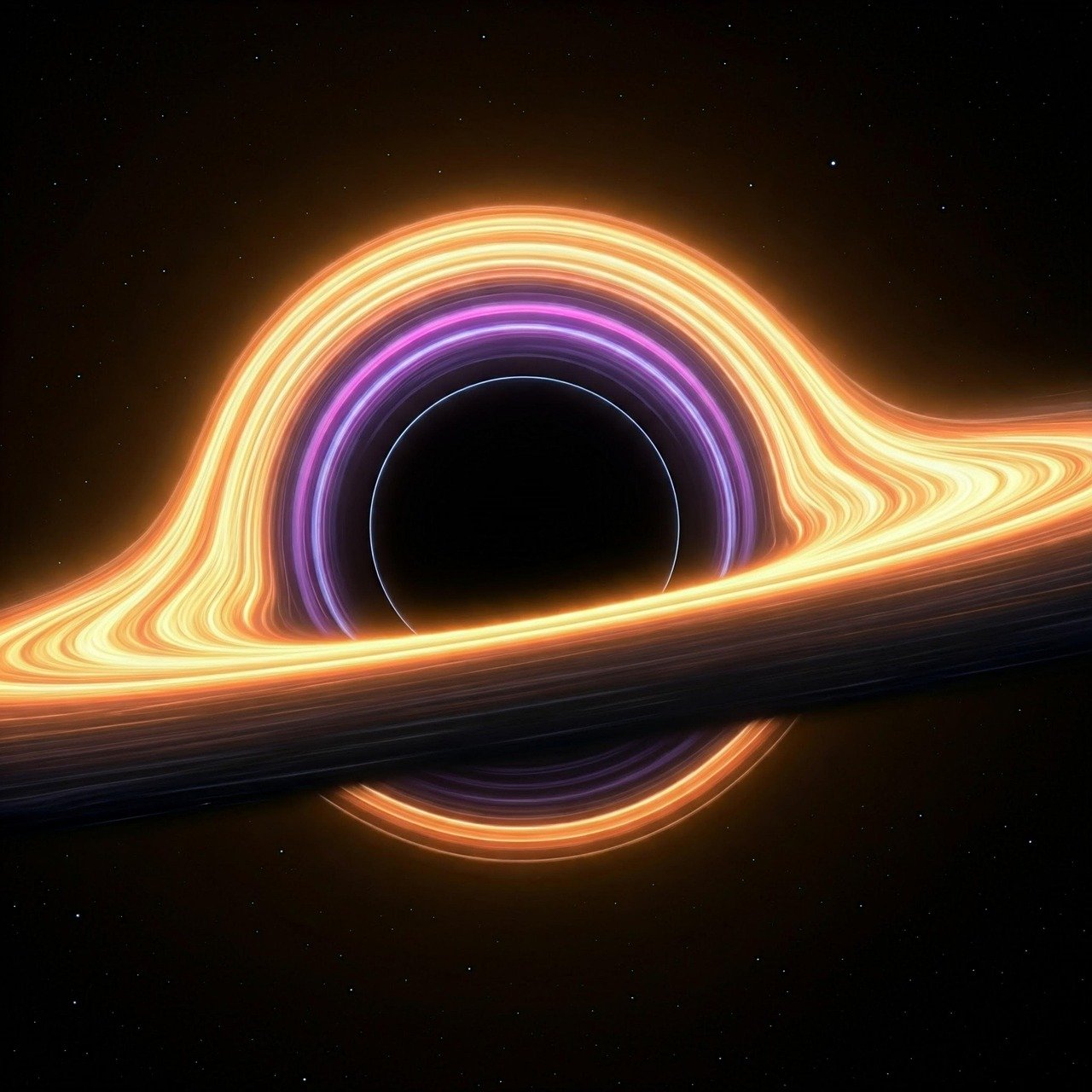
Some researchers propose that black holes might not be what we think they are at all. New research suggests that black holes may actually be “frozen stars,” bizarre quantum objects that lack a singularity and an event horizon, potentially solving some of the biggest paradoxes in black hole physics. Instead, the cosmic monsters might be bizarre quantum objects known as “frozen stars.”
If this theory proves correct, it would revolutionize our understanding of both black holes and time. But unlike conventional black holes, frozen stars are expected to have an internal structure, albeit one with bizarre properties dictated by quantum gravity. This paves the way to observationally discriminate between the two. Such objects might represent a fundamentally different relationship between matter, energy, and time – one where temporal flow is literally frozen at certain critical densities.
Cosmic Chronometers Across Deep Time
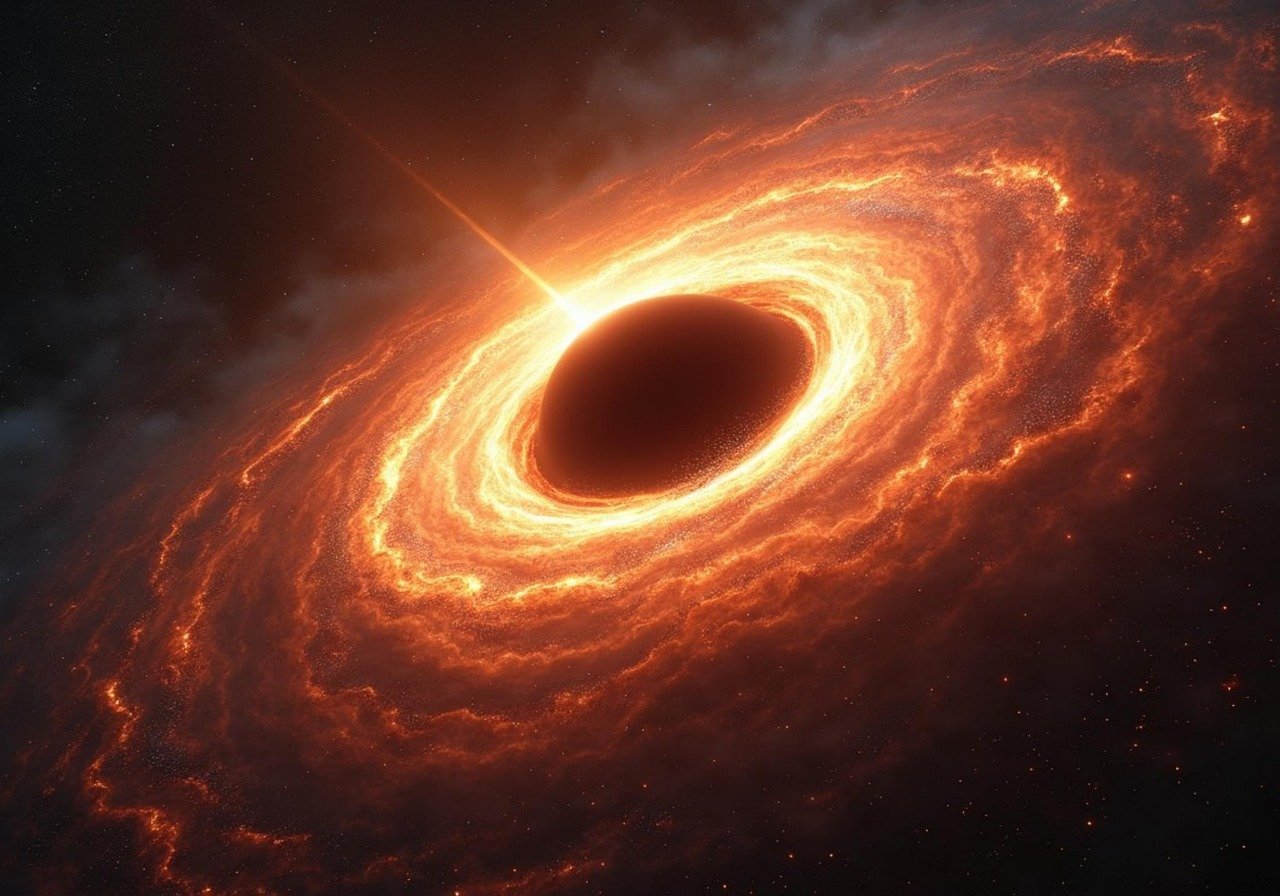
Black holes serve as cosmic chronometers, marking the passage of time across the universe’s history. For the first time, researchers have examined unexpectedly massive black holes during a time period called cosmic noon. These black holes may fill in the gap between over-massive black holes in the early universe and those present today.
Over the past two decades, observations have established samples of hundreds of luminous quasars, powered by accretion onto massive black holes, in the first billion years of the Universe. The James Webb Space Telescope (JWST) has significantly revised this sample by yielding unexpectedly numerous black holes with masses in the range of a few to a hundred million solar masses, within the first few hundred million years after the Big Bang, posing enormous challenges for black hole and galaxy formation models. These observations suggest that black holes might be fundamental timekeepers of cosmic evolution, marking critical epochs in the universe’s development.
The Event Horizon as Time’s Boundary
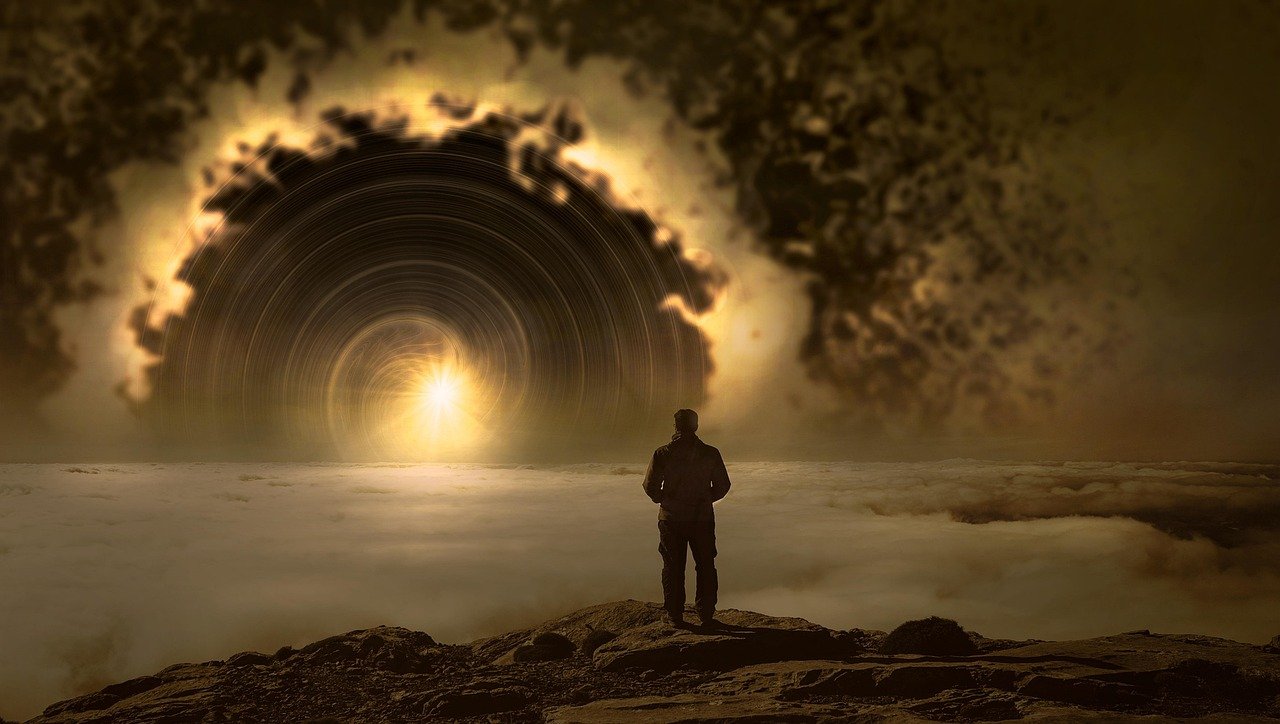
The event horizon isn’t just a point of no return for matter and energy; it might be a fundamental boundary in the structure of time itself. In general relativity, a black hole’s event horizon seals an object’s fate but produces no locally detectable change when crossed. On the other hand, imaginary, indestructible observers falling into a black hole would not notice any of these effects as they cross the event horizon.
This suggests something profound about the nature of time – that temporal experience is fundamentally relative and observer-dependent. What appears as the end of time from one perspective might be perfectly normal temporal flow from another. This relativity of temporal experience might be the key to understanding consciousness, memory, and our subjective experience of time’s passage.
Conclusion
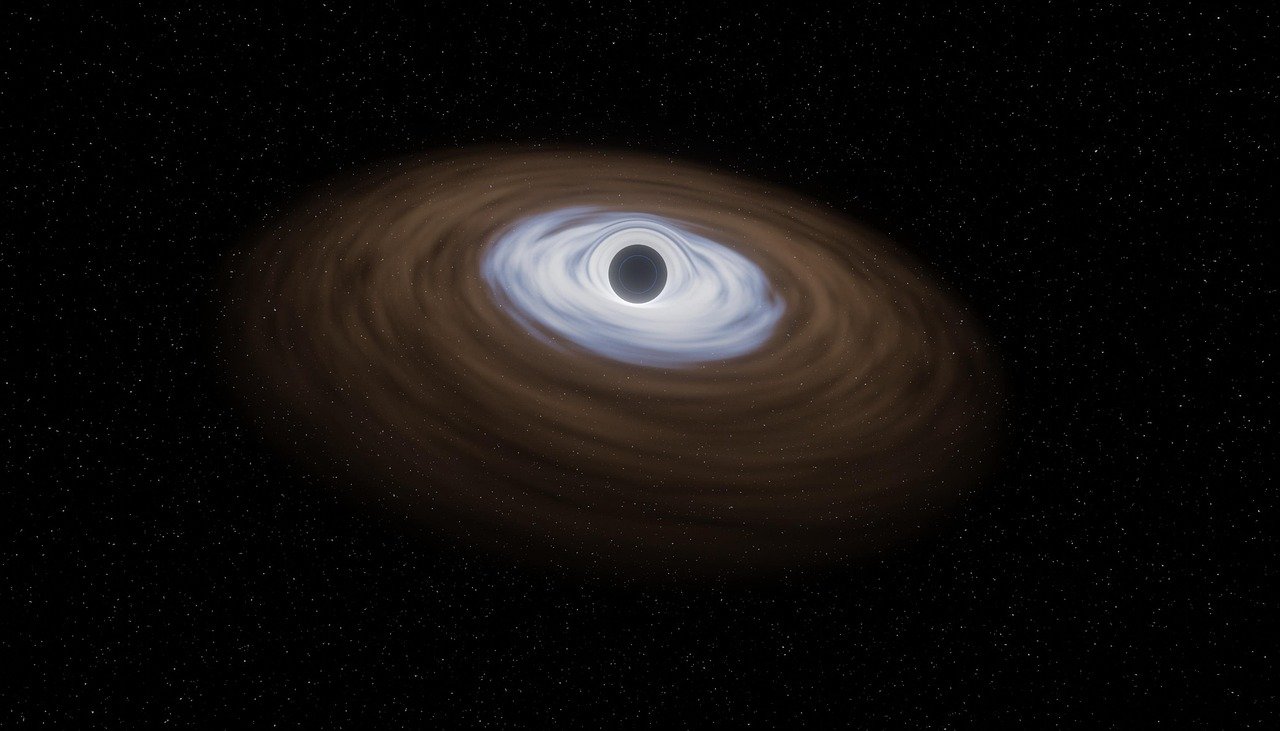
Black holes represent more than just cosmic vacuum cleaners or exotic gravitational anomalies. They are laboratories where the most fundamental properties of time are stretched, twisted, and revealed in their naked form. From the frozen moments at event horizons to the quantum entanglement that preserves information across eons, these cosmic giants might hold the ultimate answers to time’s deepest mysteries.
As our technology advances and we develop more sensitive gravitational wave detectors, we may finally be able to probe these temporal signatures directly. The next generation of instruments could reveal the quantum structure of time itself, encoded in the gravitational waves that ripple out from merging black holes. We stand on the brink of discoveries that could fundamentally reshape our understanding of time, causality, and the very nature of reality.
The universe has been hiding its temporal secrets in plain sight, wrapped in the event horizons of its most mysterious objects. Who would have thought that to understand time, we needed to look not at clocks, but at the places where time itself breaks down?

